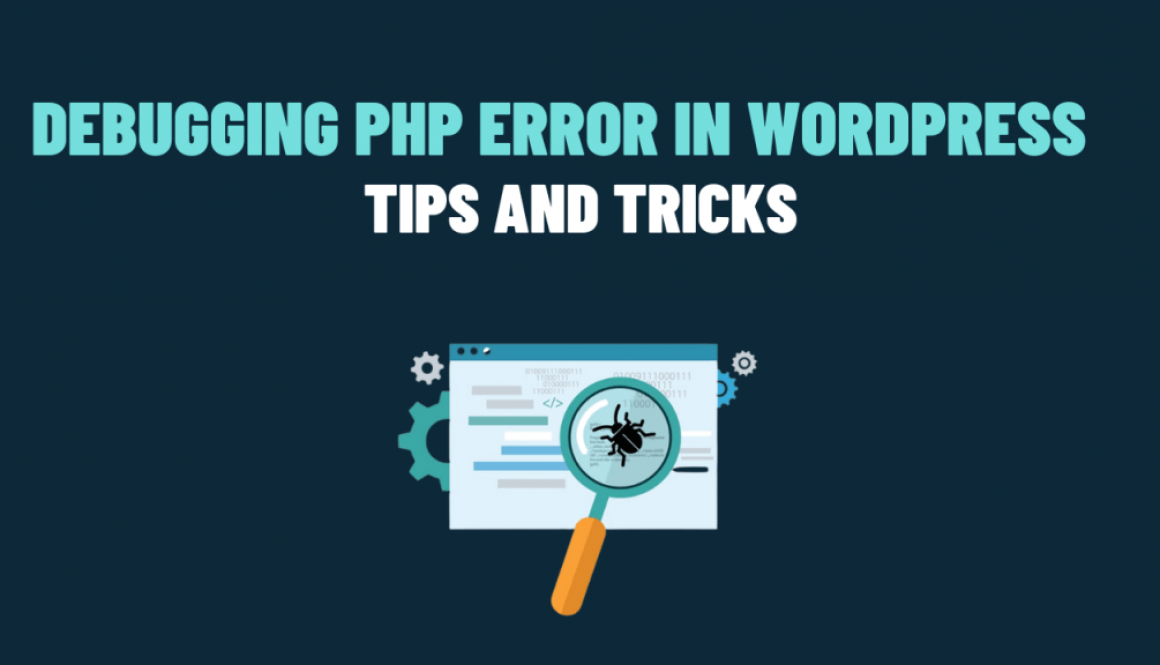Debugging JavaScript Errors in WordPress: Tools and Techniques
JavaScript plays a crucial role in enhancing the functionality and interactivity of WordPress websites. However, dealing with JavaScript errors can be a daunting task for developers. Besides, these errors can cause unexpected behavior and broken features. In this blog post, we will explore some useful tools and techniques for debugging JavaScript errors in WordPress.
Enable WordPress Debugging
The first step in debugging JavaScript errors in WordPress is to enable debugging mode. Open your WordPress wp-config.php file and find the line that says define('WP_DEBUG', false);. Then, change the value to true to enable debugging. This will display any PHP or JavaScript errors directly on the website, helping you identify the source of the problem.
Use Browser Developer Tools
Modern browsers provide powerful developer tools that allow you to inspect, debug, and profile JavaScript code. To access these tools, right-click on your WordPress website and select “Inspect” or “Inspect Element” from the context menu. This will open the browser’s developer console, where you can view console logs and network requests.
Check the Browser Console
The browser console is a valuable resource for identifying JavaScript errors. When a JavaScript error occurs, it is often logged in the console along with an error message and the line number where the error occurred. By examining these error messages, you can pinpoint the problematic code and fix the issue accordingly.
Utilize WordPress Debug Bar
The WordPress Debug Bar plugin is a handy tool that integrates with the browser’s developer console. However, it provides additional debugging information, including PHP errors, database queries, and JavaScript errors. Firstly, install and activate the plugin. Then, you’ll have easy access to all the necessary debugging data within the developer console.
Use Linting Tools
Linting tools such as ESLint or JSHint can help catch common JavaScript errors and coding style issues. By configuring these tools to work with your WordPress project, you can see potential errors before they even occur. Linting tools can be integrated into your text editor or build process, ensuring that you identify and fix errors early in the development cycle.
Example Code:
(function($) {
// Your JavaScript code here
$(document).ready(function() {
// Code that executes when the document is ready
});
$('.button').click(function() {
// Code that executes when the button with the class 'button' is clicked
});
function customFunction() {
// Custom function code
}
// Call the custom function
customFunction();
})(jQuery);
In conclusion, debugging JavaScript errors in WordPress is a crucial skill for developers, as it helps ensure the smooth functioning of their websites. You can effectively identify and resolve JavaScript errors by enabling WordPress debugging, utilizing browser developer tools, employing the WordPress Debug Bar, and using linting tools. Remember, thorough testing and a robust development process are essential to deliver a reliable and error-free WordPress website.
Following the techniques, you’ll be equipped to tackle JavaScript errors efficiently. And ensuring a better user experience and a well-functioning WordPress site.
Happy debugging!



